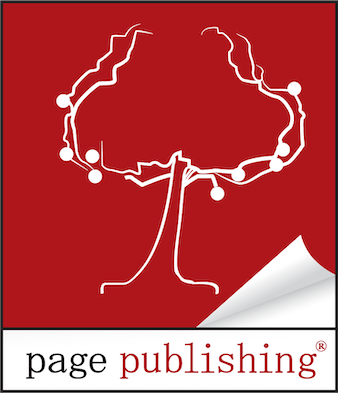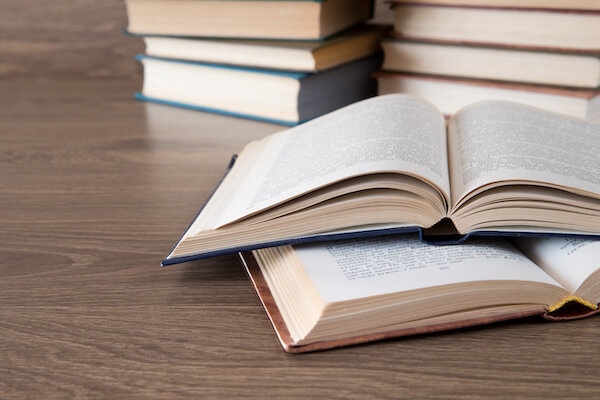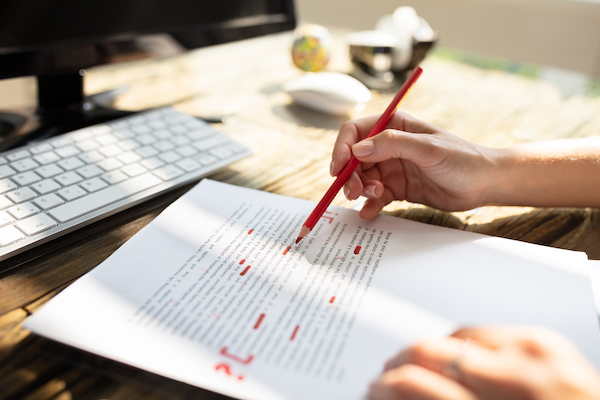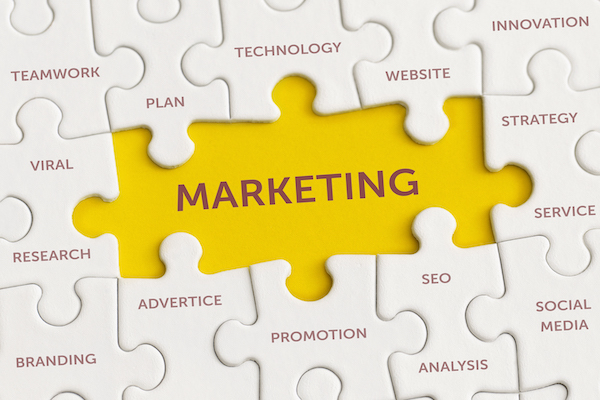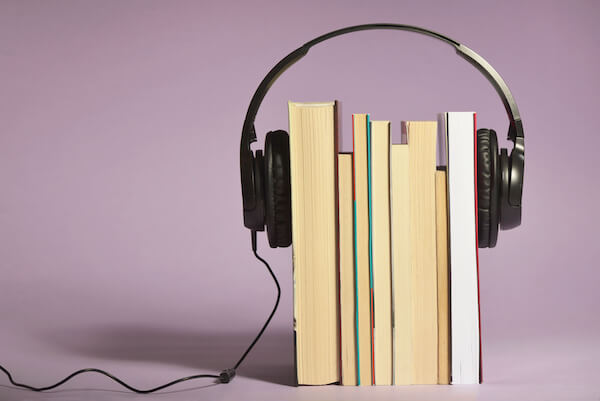
Why Audiobooks are the Ultimate Win-Win for Readers and Authors

In a world where time is precious and attention spans are short, audiobooks have emerged as a game-changer for both readers and writers. Whether you’re a busy professional on the go, a parent juggling multiple responsibilities, or simply someone who loves to multitask, audiobooks offer a convenient and flexible way to consume literature. But it’s not just readers who benefit from this trend.
For writers, audiobooks represent a new and exciting way to reach audiences and connect with readers on a deeper level. By combining the power of storytelling with the intimacy of the spoken word, audiobooks offer a unique opportunity to bring stories to life in unexpected ways. In this article, we’ll explore the many benefits of audiobooks and why they are quickly becoming the ultimate win-win for readers and authors alike. So, whether you’re a seasoned audiobook enthusiast or a curious newcomer, get ready to hear why audiobooks are taking the literary world by storm.
The Rise of Audiobooks
In recent years, audiobooks have risen in popularity and have become an increasingly popular form of entertainment for many people. The pandemic further bolstered this trend as more people spent more time at home looking for ways to stay entertained. With just a few clicks on a smartphone, audiobooks have become easily accessible, allowing people to enjoy books while on the go or doing other activities.
As technology advances and consumer demands change, the definition of books and publishing is evolving. Audiobooks are now an integral part of the publishing industry, offering authors and readers a range of benefits. The rise of audiobooks will continue as more people discover the advantages of this exciting and innovative form of storytelling.
Benefits of Audiobooks for Readers
Audiobooks offer a unique and convenient way for readers worldwide to enjoy books. Here are just some of the benefits audiobooks provide readers:
- Convenience: Audiobooks allow readers to listen to their favorite books while doing other activities, such as driving, exercising, or cooking.
- Improved Comprehension: Listening to books can improve comprehension, particularly for those struggling with reading or learning disabilities.
- Wider Selection: Audiobooks allow readers to access a broader selection of books, including those that may be out of print or hard to find.
- Improved Pronunciation: Listening to audiobooks can help improve pronunciation, particularly for those learning a new language.
- Enhanced Experience: Audiobooks can enhance the reading experience, particularly for books with multiple characters or complex plots.
- Time-Saving: Audiobooks offer a time-saving option for busy readers who may not have the time to sit down and read a book.
Overall, audiobooks offer a convenient and enjoyable way for readers to access and enjoy books.
Benefits of Audiobooks for Authors
Audiobooks have become a popular addition to the publishing industry, and they offer several benefits for authors, including:
- Increased Audience: Audiobooks offer authors access to a wider audience, including those who may not have the time, ability, or inclination to read a physical book.
- Additional Revenue Stream: Audiobooks provide authors with an additional revenue stream, as they can earn royalties on sales of both the physical book and the audiobook.
- Enhanced Visibility: Audiobooks can increase an author’s visibility, as they are often promoted alongside the physical book and can help to generate buzz and interest.
- Improved Engagement: Audiobooks can enhance reader engagement, as the narrator’s voice can add an emotional depth to the story that may not be present in the physical book.
- Increased Accessibility: Audiobooks can make books more accessible to those with visual impairments, learning disabilities, or other conditions that may make reading difficult or impossible.
- Brand Building: Audiobooks can help to build an author’s brand, as they offer a unique opportunity to showcase an author’s voice and style.
Audiobooks offer authors a wide range of benefits, from increased audience and revenue to enhanced engagement and brand-building.
The advancement of audiobooks has been a game-changer for both readers and authors, offering a convenient and enjoyable way to consume literature while also providing a unique opportunity for authors to connect with audiences on a deeper level. The benefits of audiobooks for both groups are numerous, from improved comprehension and enhanced engagement to increased revenue and brand-building. As the demand for audiobooks continues to grow and technology advances, it’s clear that this exciting and innovative form of storytelling is here to stay. So, whether you’re a long-time audiobook enthusiast or a newcomer to this trend, there has never been a better time to explore the world of audiobooks and experience its many benefits.
